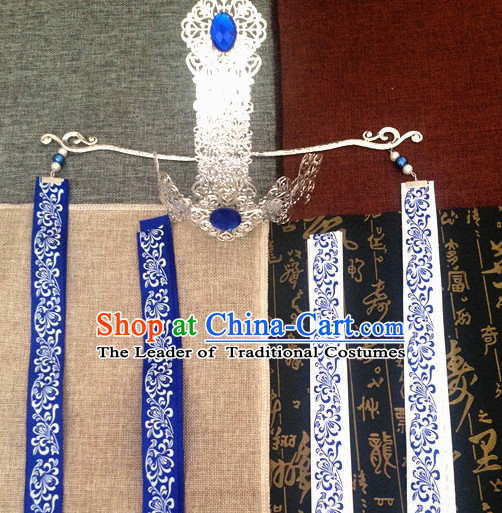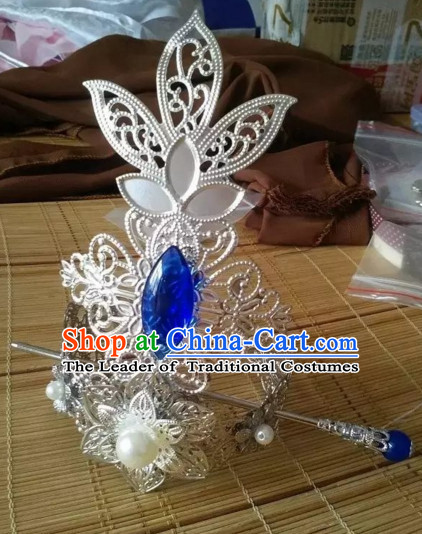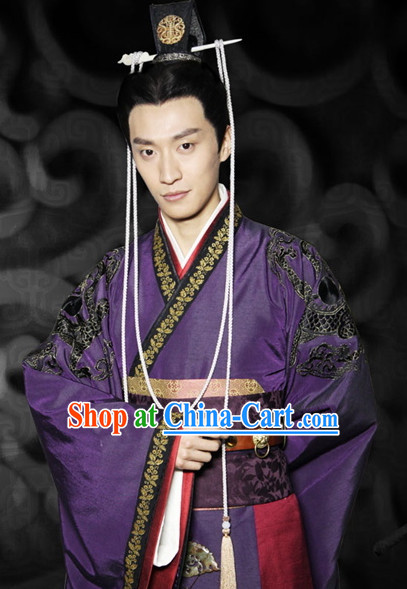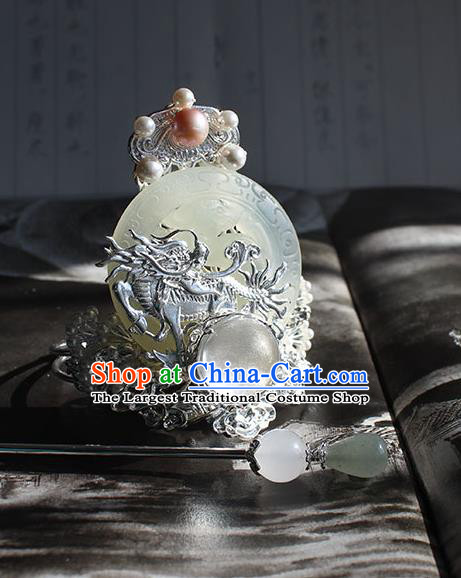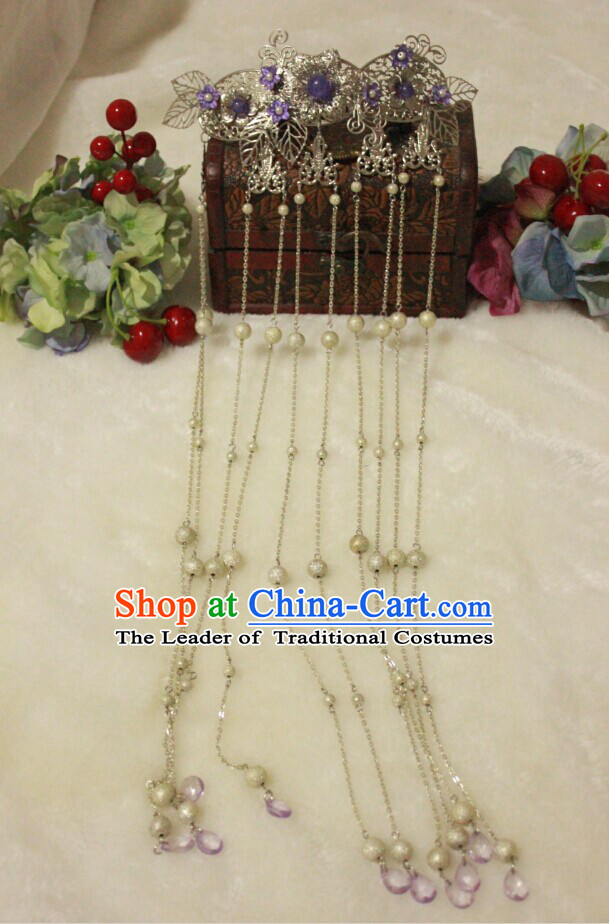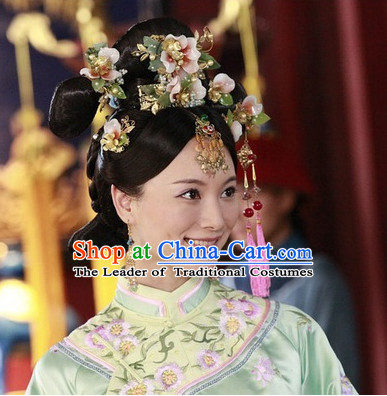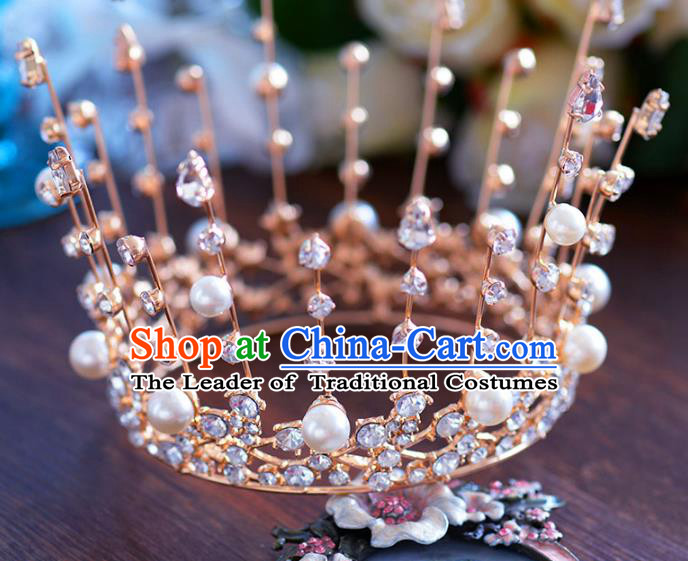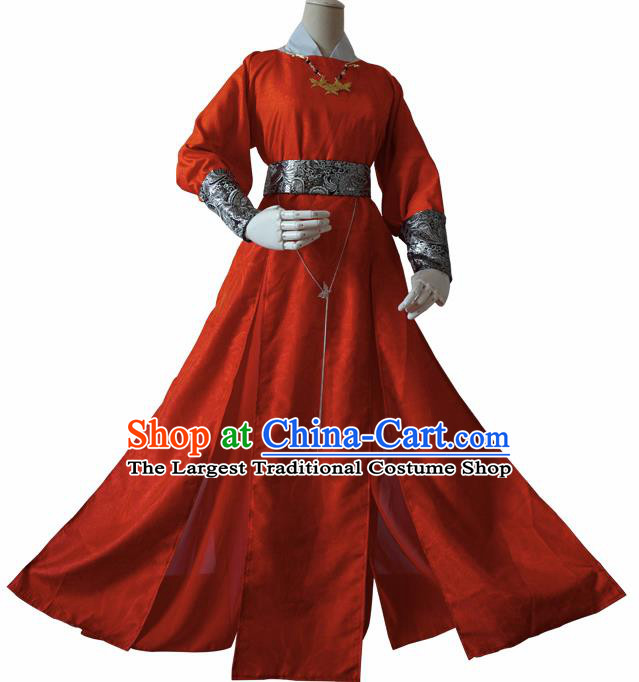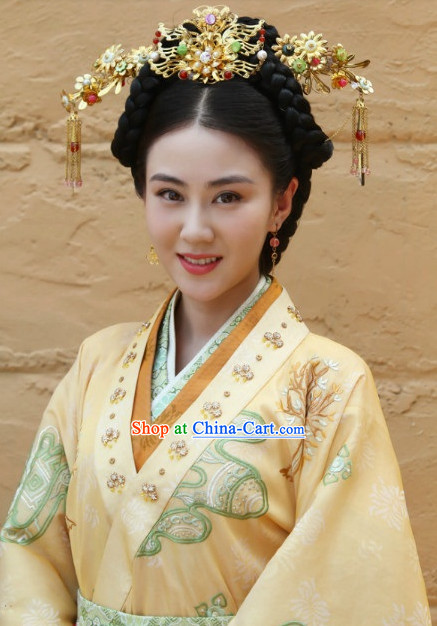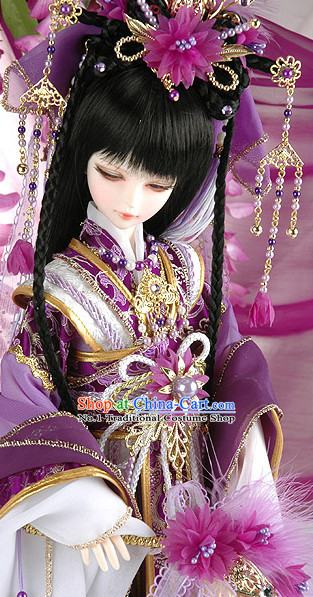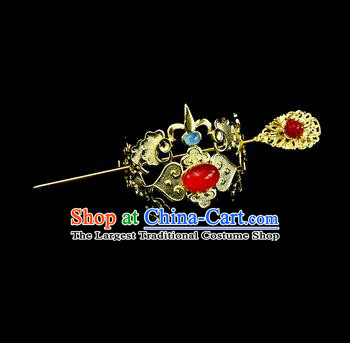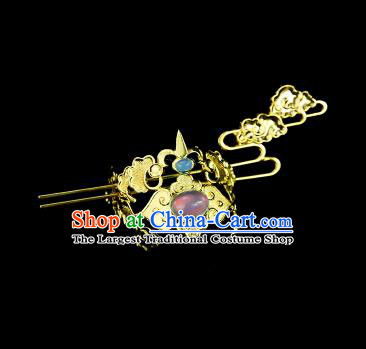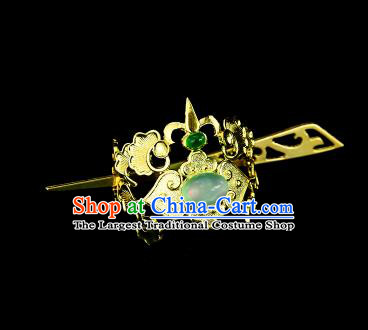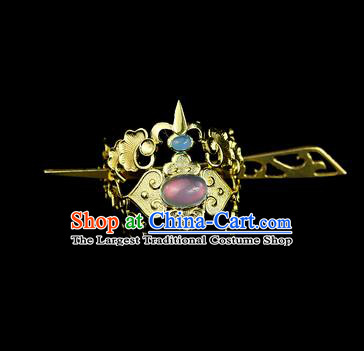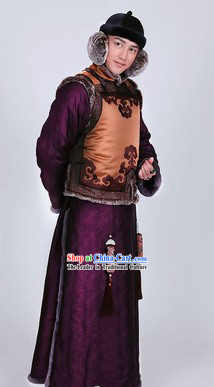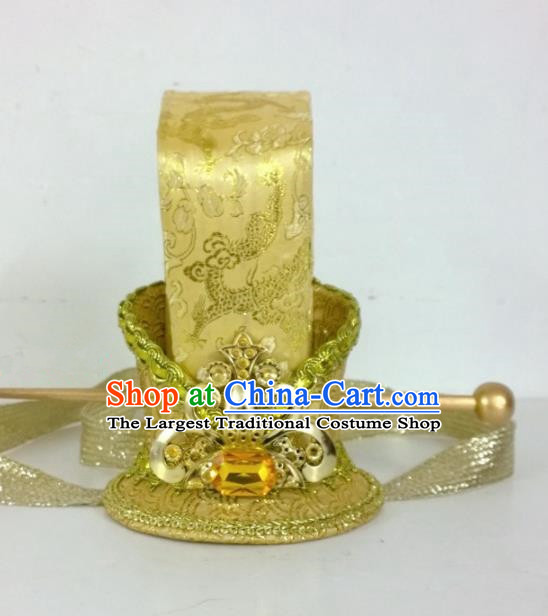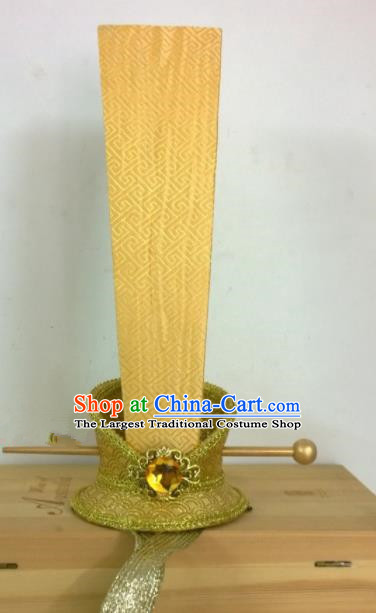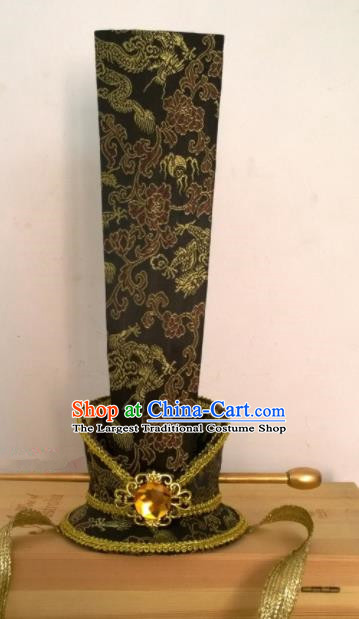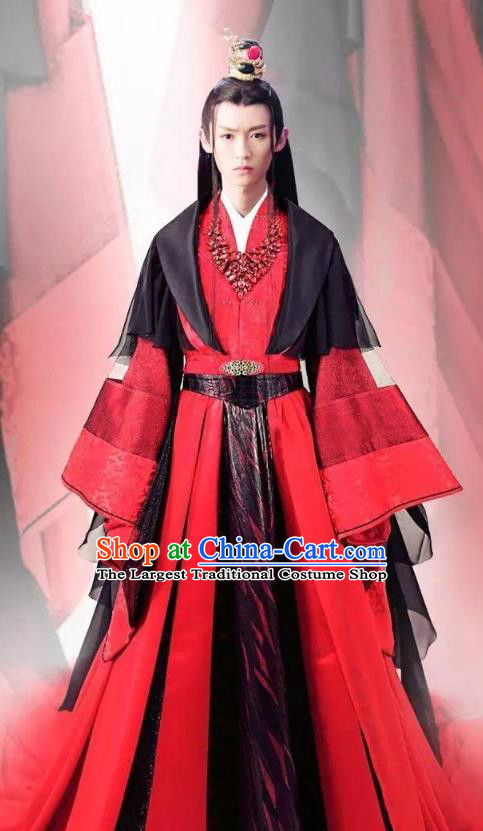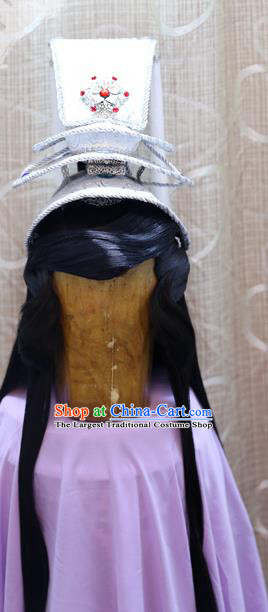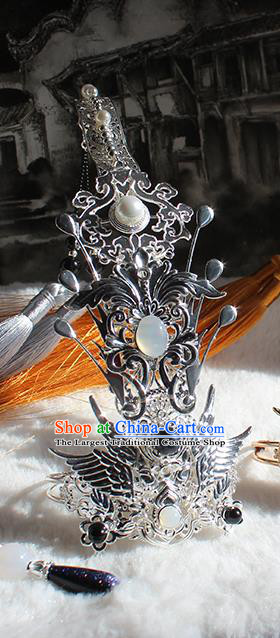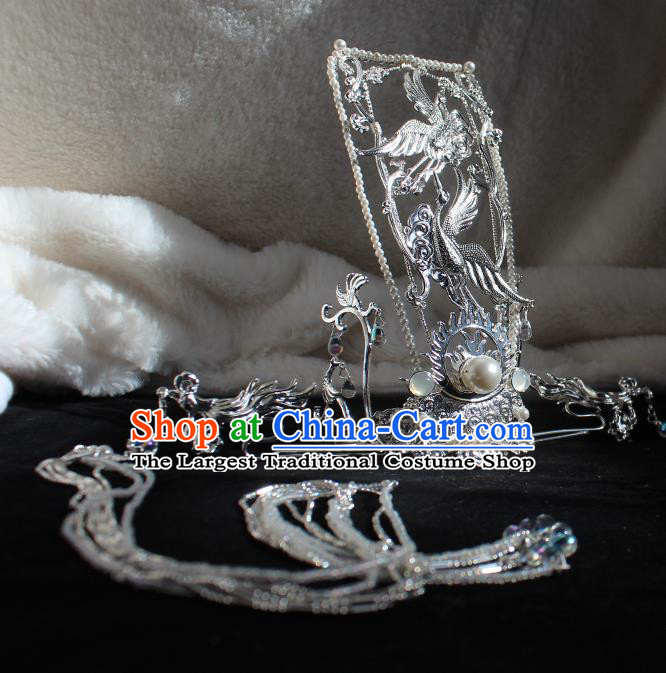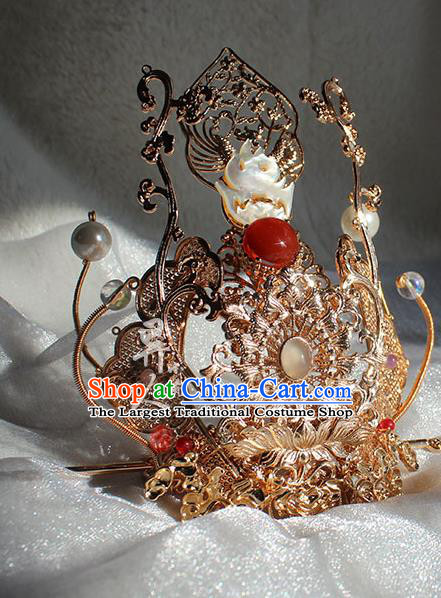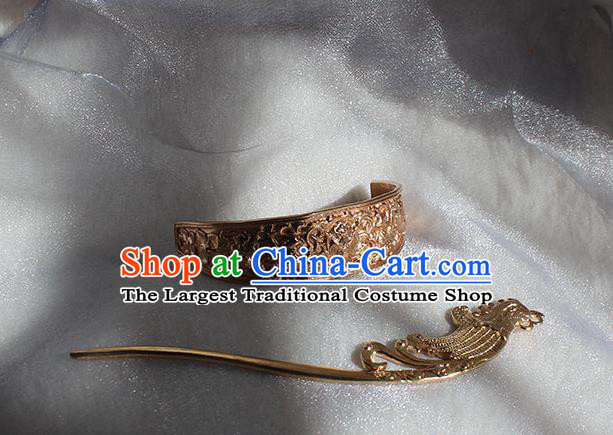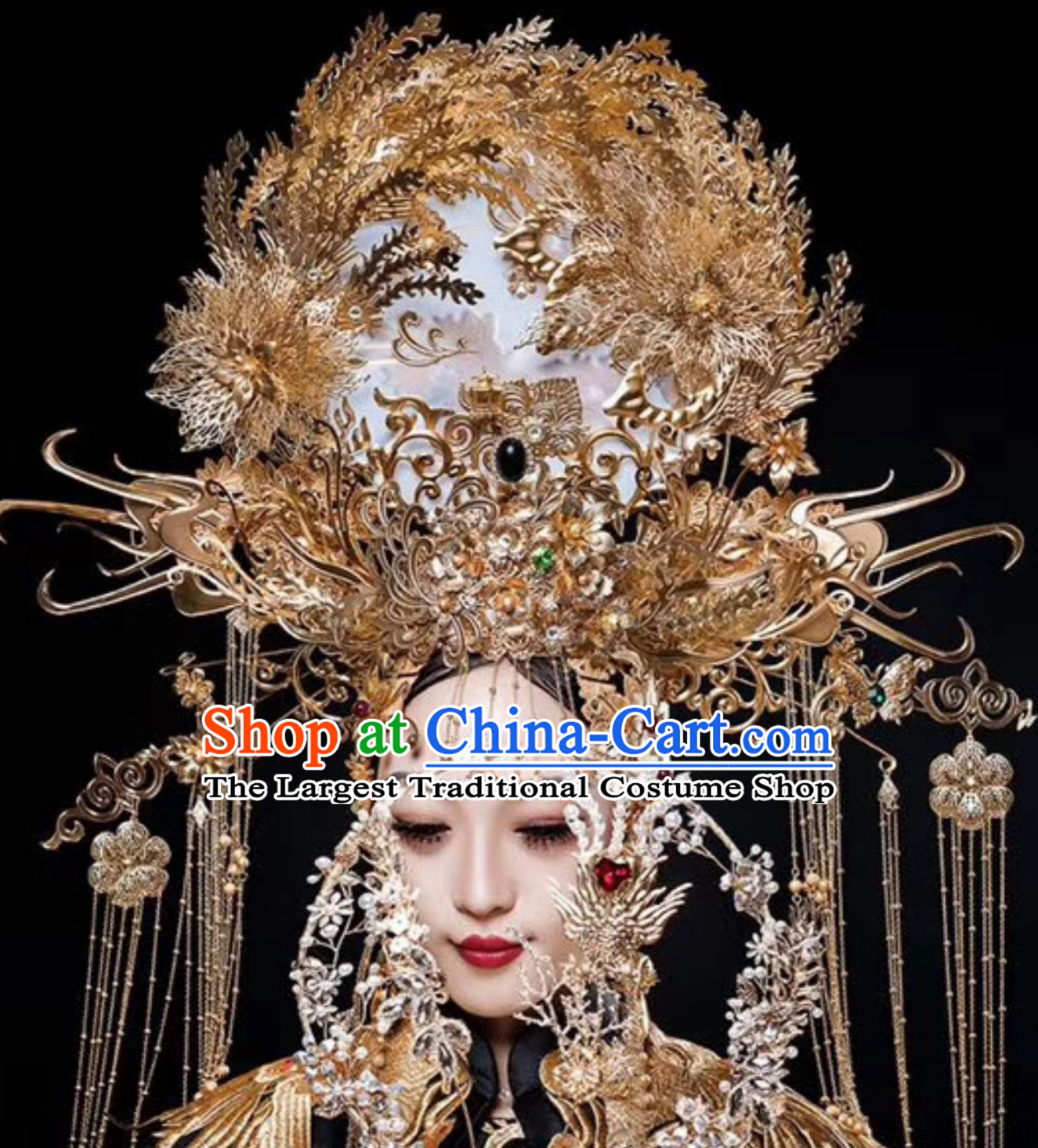
Click Related Pictures for More Audios:
In ancient China, the hair accessories of royal princes were unique cultural symbols that represented power, status, and nobility.
These accessories were usually made of metals such as gold, silver, or copper, and were adorned with gemstones, pearls, or other precious materials.
They featured intricate patterns and exquisite craftsmanship in their designs, reflecting the highly developed art and craftsmanship of ancient China.
In ancient China, the hair accessories of imperial family members were important indicators of their status.
The emperor's hair accessories were generally more gorgeous and complex than those of other royal members to demonstrate their ruling status.
Princes' hair accessories, on the other hand, were relatively simple but still had a certain degree of ornamentation and uniqueness.
These accessories were typically worn on the head and sometimes accompanied by other accessories such as crowns, earrings, and necklaces.
In addition to serving as personal ornaments, the hair accessories of ancient Chinese royal princes also have significant historical significance.
They record the political, economic, and cultural changes of ancient Chinese society.
By studying the design and production techniques of these accessories, we can gain insights into the social system, aesthetic concepts, and technological levels of that time.
Furthermore, some famous royal prince hair accessories have become part of cultural heritage and are preserved in museums for people to appreciate and learn from.
In summary, the hair accessories of ancient Chinese royal princes are unique cultural symbols that represent power, status, and nobility.
They not only have beautiful appearances and exquisite craftsmanship but also carry rich historical significance and cultural heritage value.













